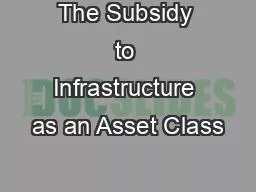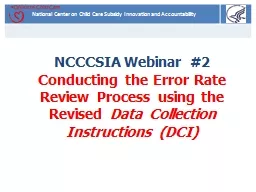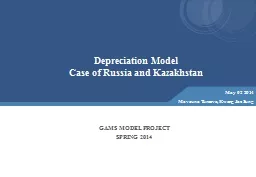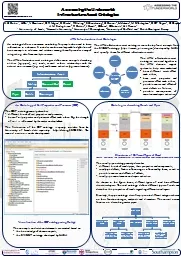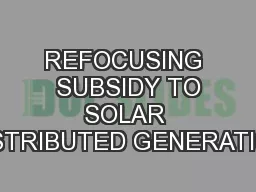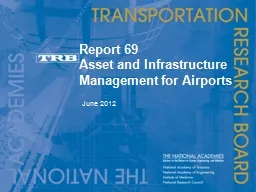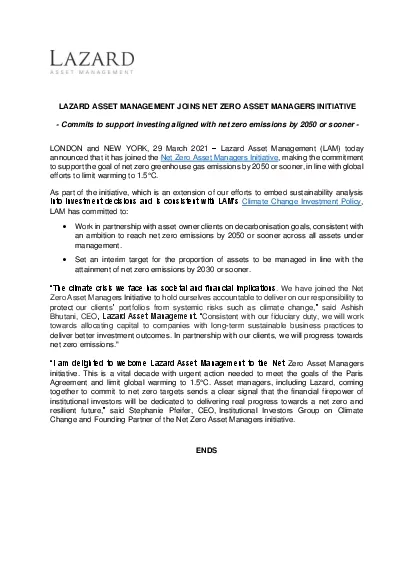PPT-The Subsidy to Infrastructure as an Asset Class
Author : enteringmalboro | Published Date : 2020-06-24
by Aleksandar Andonov Roman Kräussl and Joshua Rauh Discussant Vesa Pursiainen University of Hong Kong amp Imperial College London This paper Return characteristics
Presentation Embed Code
Download Presentation
Download Presentation The PPT/PDF document "The Subsidy to Infrastructure as an Asse..." is the property of its rightful owner. Permission is granted to download and print the materials on this website for personal, non-commercial use only, and to display it on your personal computer provided you do not modify the materials and that you retain all copyright notices contained in the materials. By downloading content from our website, you accept the terms of this agreement.
The Subsidy to Infrastructure as an Asset Class: Transcript
Download Rules Of Document
"The Subsidy to Infrastructure as an Asset Class"The content belongs to its owner. You may download and print it for personal use, without modification, and keep all copyright notices. By downloading, you agree to these terms.
Related Documents

